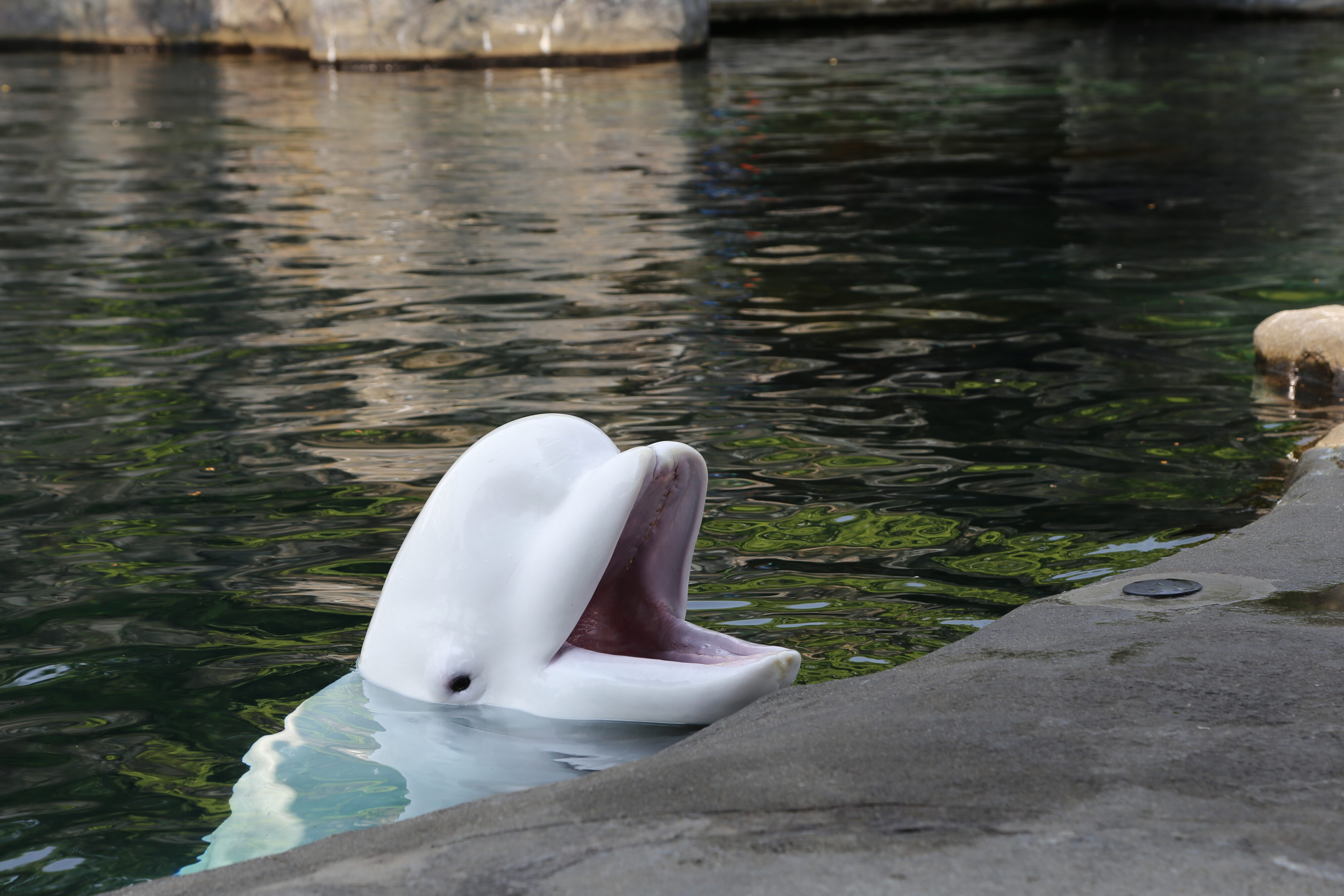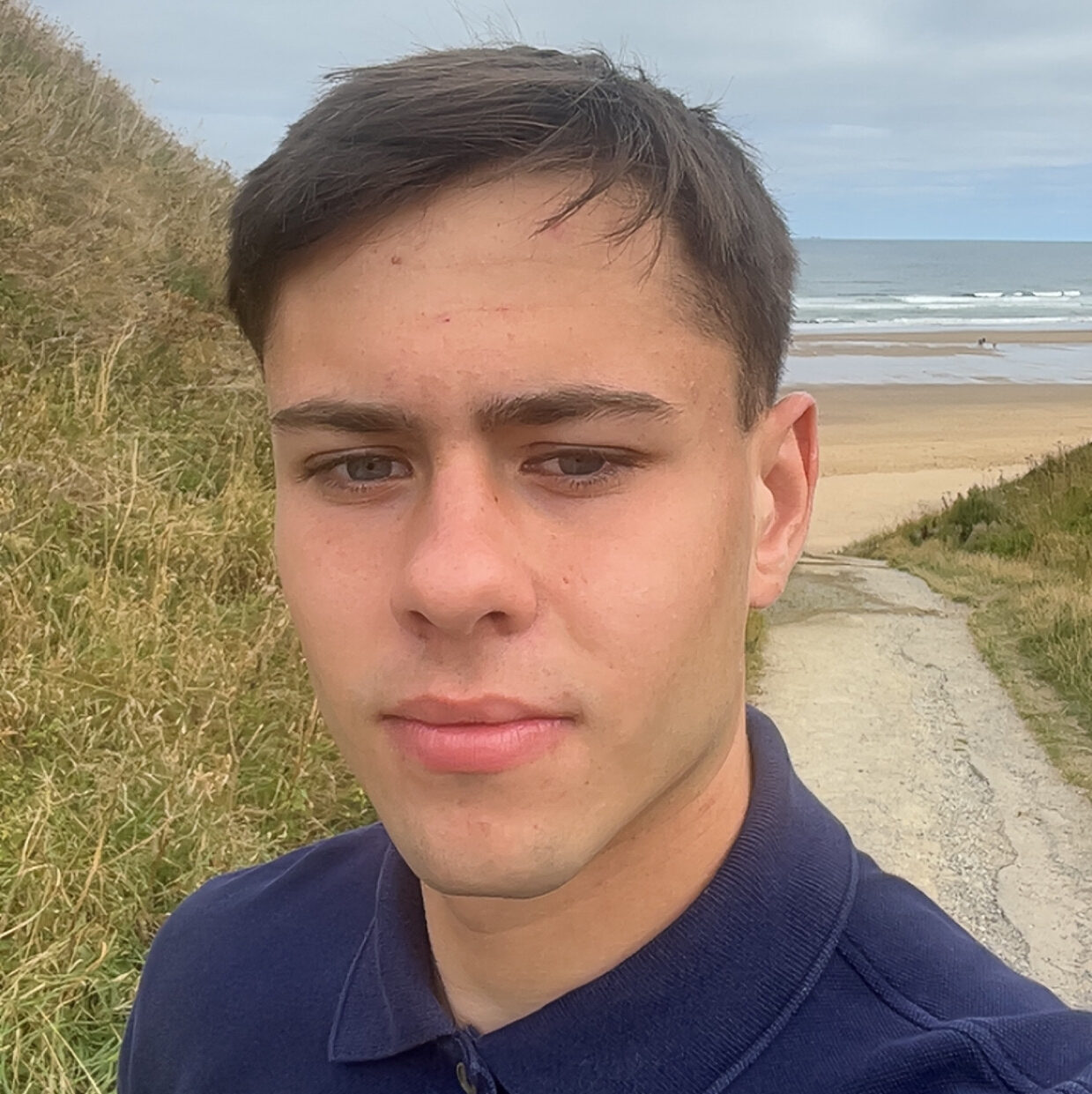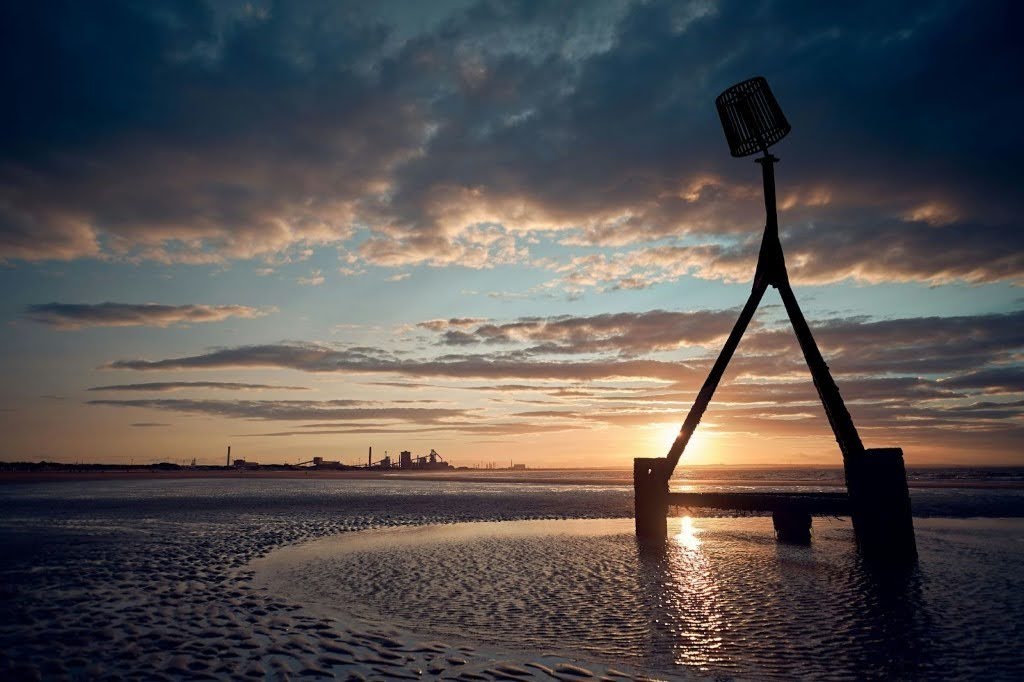 The northern two thirds of Onondaga Lake were deemed suitable for swimming in a 2015 report by Upstate Freshwater Institute. For the 4.6-square mile body of water bordering on the post-industrial city of Syracuse, N.Y. — which some have casually dubbed “the most polluted lake in America” — this is no small feat.
The northern two thirds of Onondaga Lake were deemed suitable for swimming in a 2015 report by Upstate Freshwater Institute. For the 4.6-square mile body of water bordering on the post-industrial city of Syracuse, N.Y. — which some have casually dubbed “the most polluted lake in America” — this is no small feat.
The watershed’s recovery in recent years is largely thanks to Save the Rain, a unique stormwater management program initiated in 2009 by Onondaga County Executive Joanne “Joanie” Mahoney. By combining green solutions and community engagement with traditional water treatment methods, Save the Rain has put Syracuse on the cutting edge of a growing movement of environmentally conscious water management across the nation.
The problem
During Syracuse’s industrial-era development, Onondaga Lake was hit with a double blow, becoming a dumping ground for industrial chemical waste as well as sewage from the city. This traditional sacred site for the Onondaga Nation and 19th century tourist attraction was declared unfit for swimming by 1940, and fishing was banned in 1972. Even after industrial dumping was halted, the problem of sewage remained; it was built into the city itself.
Syracuse is one of about 770 cities in the United States with a combined sewer system (CSS), Project Coordinator Madison Quinn told Planet Forward. This means that the storm sewer and sanitary sewer systems combine underground. Wastewater from homes and businesses mixes with rainwater, and it’s all treated together. This design, now outdated, was typical of the time when Syracuse’s infrastructure was installed, and its inherent drawbacks plague many cities today.
“On a dry day, we have more than enough capacity to carry everything in the sewer, but when you have a sudden inflow of storm water, you really can overwhelm the system,” Quinn said.
During this sort of event, called a combined sewer overflow (CSO), the CSS is designed to spill the excess untreated water into local waterways that lead to the lake. The continual pollution from this type of overflow led to a 1989 Federal Consent Judgment mandating that Onondaga County upgrade its water treatment plant and prevent CSOs from occurring.
A novel approach
Mahoney entered office in 2008 on the platform that there was a better way to solve the CSO problem than the one that had been proposed. She halted construction of three water treatment plants and took the case back to court. The result was an Amended Consent Judgment, and, in 2009, the official birth of Save the Rain.
Traditional methods for water treatment typically consist solely of “gray” infrastructure: treatment plants, pipes, pumps, and the like. Save the Rain takes a different approach, combining smaller improvements on gray infrastructure with a variety of “green” infrastructure projects, such as rain gardens and green roofs, which capture rainfall during storms and prevent it from going into the sewers to begin with.
“It’s really about holding the water during the storm, and not releasing it into the sewer during that heavy flow period,” Quinn said.
This is the key to preventing overflow events.
The 189 green infrastructure projects Save the Rain has completed to date capture 96.2% of CSO volume — far ahead of its mandated goal of 95% capture by 2018 — and reduce total runoff by 123 million gallons every year.
Saving money the green way
Save the Rain isn’t just a new, greener strategy — it has proven cheaper and more practical to implement than alternative gray infrastructure.
In Quinn’s words: “It’s a misconception when people say you can be either environmentally friendly or cost effective.”
Halting the construction of the three proposed treatment plants and instead implementing numerous green infrastructure projects has saved the county an estimated $20 million in capital alone, she said.
Not only that, green infrastructure takes significantly less money and energy to maintain than gray infrastructure. It relies much more heavily on passive, gravity-powered processes and less active pumping. According to a 2014 analysis by the County’s Green Program Manager, Save the Rain saves the county $225,000 in maintenance costs each year, and 51,510 kWh of energy.

Building community while saving the rain
Unlike a water treatment plant, Save the Rain has a positive impact that is easy to see when walking the city streets. Rain gardens replace vacant lots. A huge green roof tops the OnCenter, a downtown convention center and entertainment complex. Parks are getting new basketball courts with porous pavement that absorbs water while reducing noises. A variety of green installations allow the capture of nearly all the rain that falls on the local Rosamond Gifford Zoo.
The community has taken note, and is getting involved and giving back. Save the Rain hosts tree-planting events and gives away rain barrels so citizens can collect rainfall to water their plants or wash their car. It also has a partnership with Onondaga Earth Corps, a local organization dedicated to educating youth to foster the next generation of environmentalists. The collaboration between the two organizations has resulted in between 500 and 900 trees being planted annually by local youth, according to OEC Program Coordinator Adrienne Canino. In the realm of urban forestry, which is one of OEC’s areas of focus, this is no small feat. Through projects such as these, both ends of the partnership enjoy the benefits of working together.
“It’s really exciting to have people engaged in this,” Quinn says.
The community’s involvement in caring for their environment and water was one of the first goals set forth by Mahoney and, Quinn believes, is the key to the program’s success.
A model city
The status quo for stormwater and CSO management has changed since 2009. According to Quinn, more recent Consent Judgments in other cities require from the get-go the green infrastructure that Mahoney had to revisit court for permission to use in Syracuse.
The approach taken in Syracuse, one of the first of its kind, worked. The city has transformed from an epicenter of pollution to an environmental pioneer. And people are taking notice.
In 2011, the EPA named the city a Green Infrastructure Partner Community, holding it as an example of how to effectively implement green infrastructure, and Onondaga County received the U.S. Water Prize in 2013.
All these successes don’t mean that Save the Rain is done, though. Though the lake may never be the pristine body of water it once was, it has potential to recover further. For the sake of the watershed and the benefit of the city, Save the Rain is still churning out new projects.
Said Quinn: “We want to continue to improve water quality and there are still a lot of areas with a lot of impervious surface, a lot of paved areas, and we want to add more green space.”
">By combining green solutions and community engagement with traditional water treatment methods, Save the Rain has put Syracuse on the cutting edge of a growing movement of environmentally conscious water management across the nation.
























